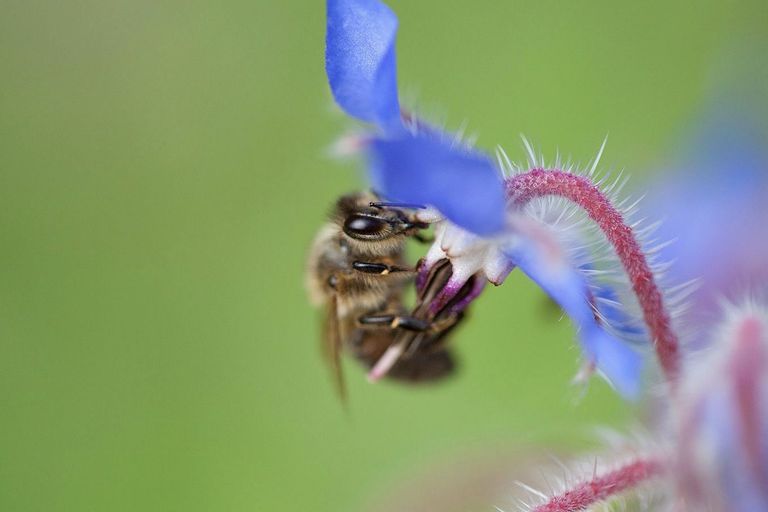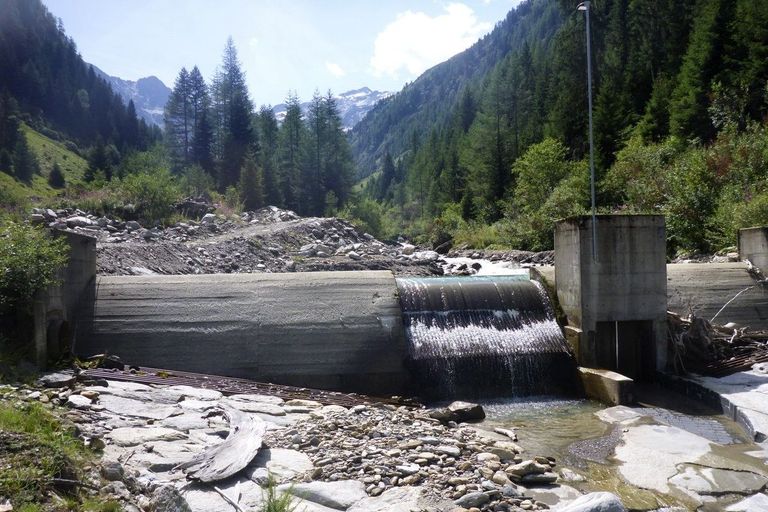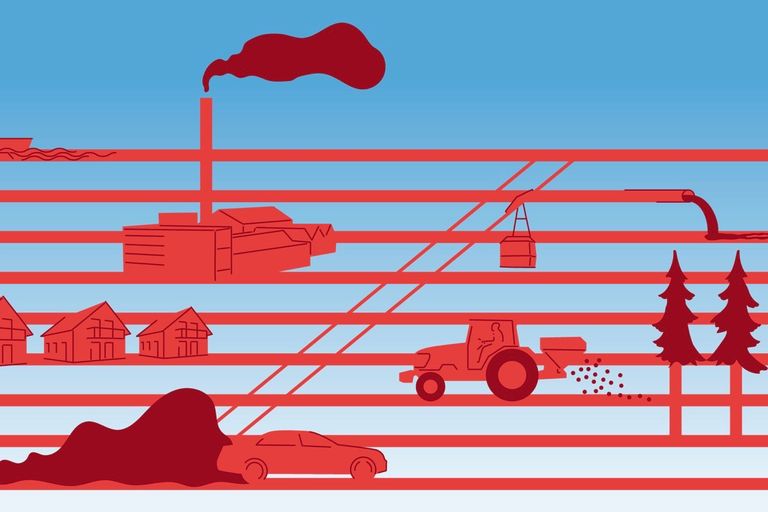Related topics

Biodiversitätsschädigende Anreize eliminieren oder umwandeln
An der Weltbiodiversitätskonferenz COP15 2022 wurde das Ziel formuliert, bis 2025 biodiversitätsschädigende Anreize und Subventionen zu identifizieren und schrittweise zu beseitigen oder umzuwandeln. Wo steht die Schweiz im internationalen Vergleich, welche Fortschritte und Erfolgsfaktoren gibt es?
Image: IUCN Schweiz
«Schädigende Subventionen abbauen schont Umwelt und Finanzen»
08.06.2022 – Bis 2020 wollte der Bundesrat Subventionen umgestalten oder abbauen, welche die Biodiversität schädigen. Am 3. Juni 2022 nun hat der Bundesrat für 8 von insgesamt 162 Subventionen den Auftrag erteilt, diese bis Ende 2024 vertieft zu prüfen und Reformen vorzuschlagen. So wichtig der Schritt ist, das Tempo ist langsam. Denn ein Abbau schädigender Subventionen bremst nicht nur den Biodiversitätsverlust, sondern schont auch die öffentlichen Finanzen.
Image: zvg
Neue Web-App gibt Überblick über biodiversitätsschädigende Subventionen
Zahlreiche Subventionen und finanzielle Fehlanreize schädigen die Biodiversität – 160 davon haben Mitarbeitende der Eidg. Forschungsanstalt für Wald, Schnee und Landschaft WSL sowie der Akademie der Naturwissenschaften Schweiz 2020 identifiziert und beschrieben. Nun gibt eine neue Web-App der WSL einen Überblick über diese und vereinfacht die Suche.
Image: Eawag
Over 160 subsidies are damaging biodiversity in Switzerland
Over 160 subsidies in different areas not only support a variety of political goals but at the same time damage biodiversity, as researchers from the Swiss Federal Research Institute WSL and the Biodiversity Forum of the Swiss Academy of Sciences demonstrate in a study published on Monday. This is despite the fact that Switzerland has committed itself under the Convention on Biological Diversity to adapting or abolishing biodiversity-damaging subsidies by 2020.
Image: Hansjakob Fehr, 1kilo

